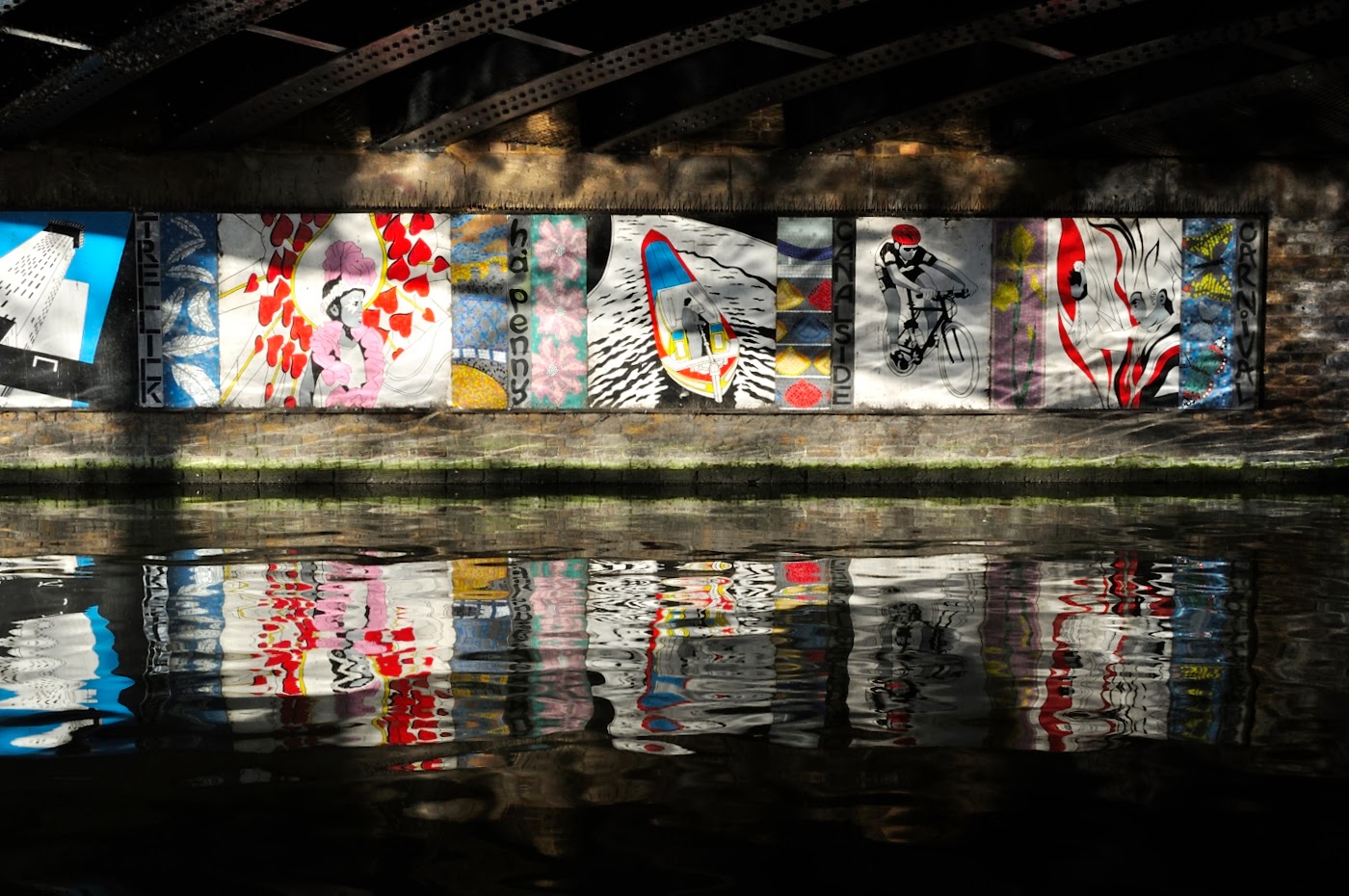Find two or three images that have a significant colour cast and correct them. As I always work in RAW I also carried out this exercise in RAW. This was hard to do as my White Balance is permanently set to Auto, so I hardly ever get errors in hue. I had to think about images where the colours where accurate, but where the final result might benefit from some enhancement.
An obvious place to start was with a photo I used in the assignment for Part Two and wasn't able to correct.
The photograph was taken with the white balance set to Auto, and it provided an accurate representation, however, it lacks impact. By changing the white balance to Direct Sunlight using View NX2 in the RAW file, immediately made the sunset warmer and more dramatic, particularly in the colours in the water:
The second image I found where I wanted to affect the colour was this one, which I also used for Assignment Two. I felt that again, although accurate, the blue of the sky wasn't great. It needed to be bolder without adjusting the exposure.
For this repair, I also used ViewNX2. I changed the white balance to Daylight, this increased darkness though, so I used the Shadow Protection to bring some of the detail back. I then cooled the image a little bit more, so the overall temperature was 5270. I then applied some colour boost to increase the blue. The overall result is probably a little too blue, but I think it looks a bit more vibrant.
My final image came from my recent trip to Iceland. Here the problem wasn't so much a colour hue, but a colour veil. The whole image needed an injection of colour and contrast. This is the original (note already straightened and cropped).
I opened the image in Nikon Capture, changed the white balance to cloudy, which immediately brightened it up, then I set the white point, and then moved the hue towards more red. Overall, this has taken away all the dullness.
I also had a play in Elements (no idea what I did) - here is the result:


































